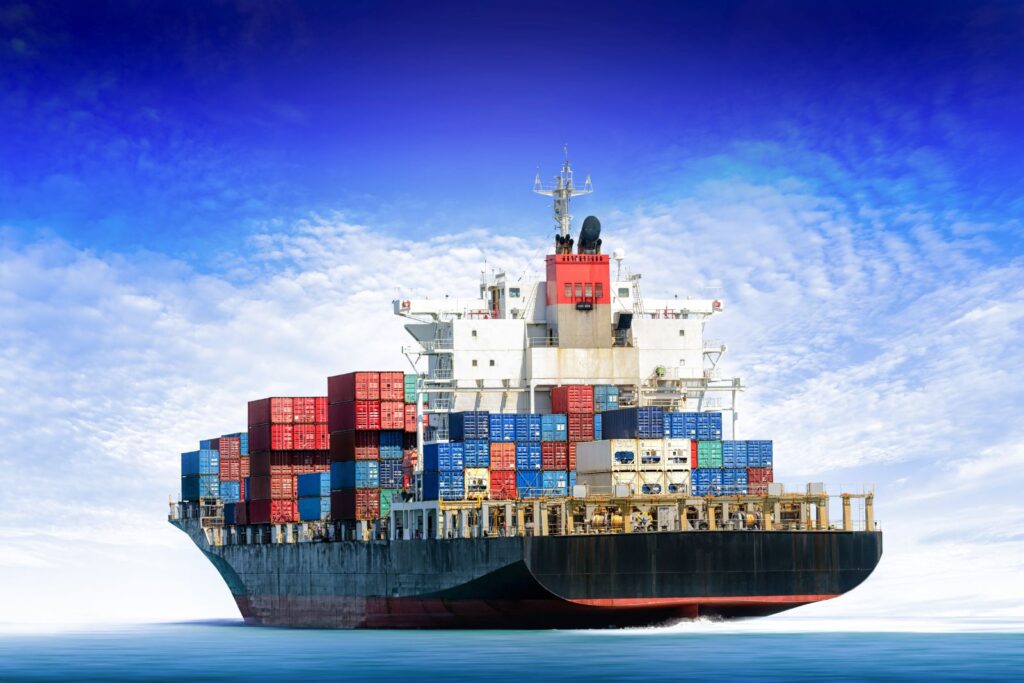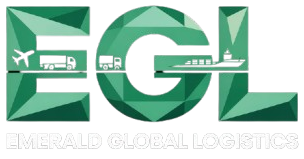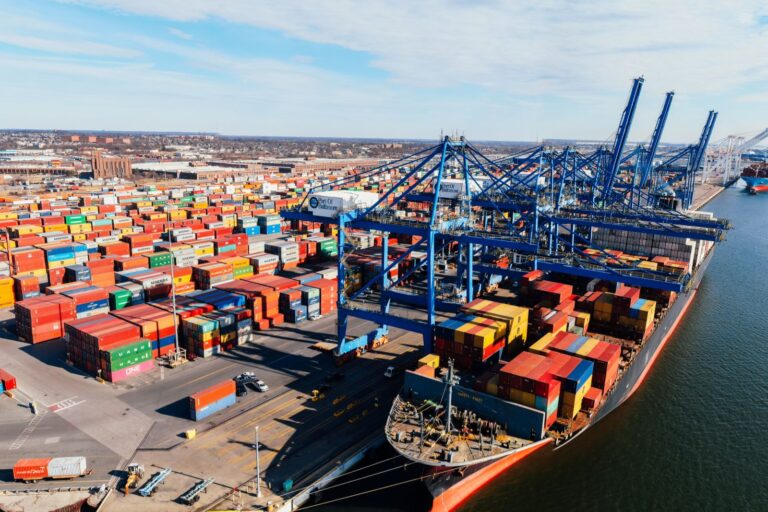Starting an import export business in Australia can be highly rewarding, but it also involves navigating regulations, logistics, and financial considerations. Many aspiring entrepreneurs struggle with understanding legal requirements, international trade rules, and supply chain management.
This import export business setup guide provides a clear roadmap for launching and managing a successful trading business. From registering your company to managing shipping, compliance, and trade financing, this guide covers everything you need. At EGL – Emerald Global Logistics, we provide tailored solutions for businesses across Australia, ensuring smooth operations and expert guidance throughout the import-export journey.
Whether you’re planning to import products, export Australian-made goods, or manage both, understanding the setup process is crucial for long-term success.
Why Start an Import Export Business? (H2)
Benefits of Import Export (H3)
- Access to global markets: Expand your business beyond local demand.
- Profit potential: Higher margins from international trade.
- Diversification: Reduce dependency on a single market or product.
- Networking opportunities: Build international business relationships.
Advantages of Professional Guidance (H3)
- Expert logistics planning reduces delays and costs.
- Compliance with customs regulations prevents fines.
- Efficient supply chain management improves customer satisfaction.
Step-by-Step Guide to Setting Up Your Import Export Business (H2)
Step 1: Research and Choose Your Products (H3)
- Identify high-demand items or niche markets.
- Evaluate profitability and shipping feasibility.
- Check import/export restrictions for selected products.
Step 2: Register Your Business (H3)
- Obtain an Australian Business Number (ABN).
- Register your business name with ASIC.
- Apply for an Import/Export License if required.
Step 3: Understand Legal and Compliance Requirements (H3)
- Familiarise yourself with Australian trade laws.
- Ensure compliance with customs, quarantine, and biosecurity regulations.
- Review applicable tariffs, duties, and taxes.
Step 4: Set Up Financial Infrastructure (H3)
- Open a business bank account.
- Explore trade finance options in Australia for working capital.
- Consider cargo insurance to protect shipments.
Step 5: Establish Logistics and Supply Chain (H3)
- Partner with freight forwarding companies for efficient shipping.
- Plan warehouse and inventory management.
- Track shipments with technology solutions.
- EGL – Emerald Global Logistics can provide end-to-end logistics support.
Step 6: Develop Marketing and Sales Channels (H3)
- Use B2B platforms and online marketplaces.
- Attend trade fairs and exhibitions.
- Build a professional website for your business.
Costs and Pricing Insights (H2)
- Startup Costs: Business registration, licenses, and initial inventory.
- Shipping & Logistics: Freight forwarding, warehousing, and customs fees.
- Insurance: Cargo insurance premiums based on shipment value.
- Marketing: Digital marketing, trade fairs, and promotional materials.
Tip: Efficient planning and partnering with a logistics provider like EGL can reduce operational costs.

Tips & Best Practices (H2)
- Conduct thorough market research before selecting products.
- Maintain accurate documentation for customs and compliance.
- Track shipments to avoid delays or losses.
- Build relationships with reliable suppliers and buyers.
- Use technology for inventory, accounting, and shipment tracking.
Common Mistakes to Avoid (H2)
- Ignoring import/export regulations.
- Underestimating shipping costs and delays.
- Failing to secure proper insurance coverage.
- Poor financial planning or lack of trade financing.
- Neglecting quality control and supplier verification.
Use Cases & Examples (H2)
Case 1: A Melbourne-based entrepreneur imported niche electronics with EGL’s logistics support, avoiding customs delays and ensuring on-time delivery.
Case 2: A Sydney exporter of gourmet food partnered with EGL for supply chain management, enabling smooth international shipping and timely deliveries.
Case 3: A business leveraging trade finance options in Australia scaled its operations faster while maintaining cash flow.
FAQs (H2)
Q1: Do I need a license to start an import export business in Australia?
A1: Certain products require an import/export license. Check with Australian government regulations.
Q2: How much does it cost to start an import export business?
A2: Costs vary; typical expenses include registration, shipping, inventory, insurance, and marketing.
Q3: Can EGL assist with logistics and customs?
A3: Yes, EGL – Emerald Global Logistics offers end-to-end logistics solutions for Australian businesses.
Q4: What is the role of trade finance in import/export?
A4: Trade finance provides working capital to manage shipments, payments, and international transactions.
Q5: How do I find reliable suppliers and buyers?
A5: Research B2B platforms, attend trade fairs, and verify suppliers through references and certifications.
Conclusion & Call-to-Action (H2)
Starting an import export business in Australia requires careful planning, legal compliance, financial management, and efficient logistics. Following this import export business setup guide will help you navigate these challenges and establish a successful trading operation.
If you’re ready to launch your business and streamline logistics, contact EGL today for expert support: Contact Us.
Learn more about our services at Home and our company background on About Us.







